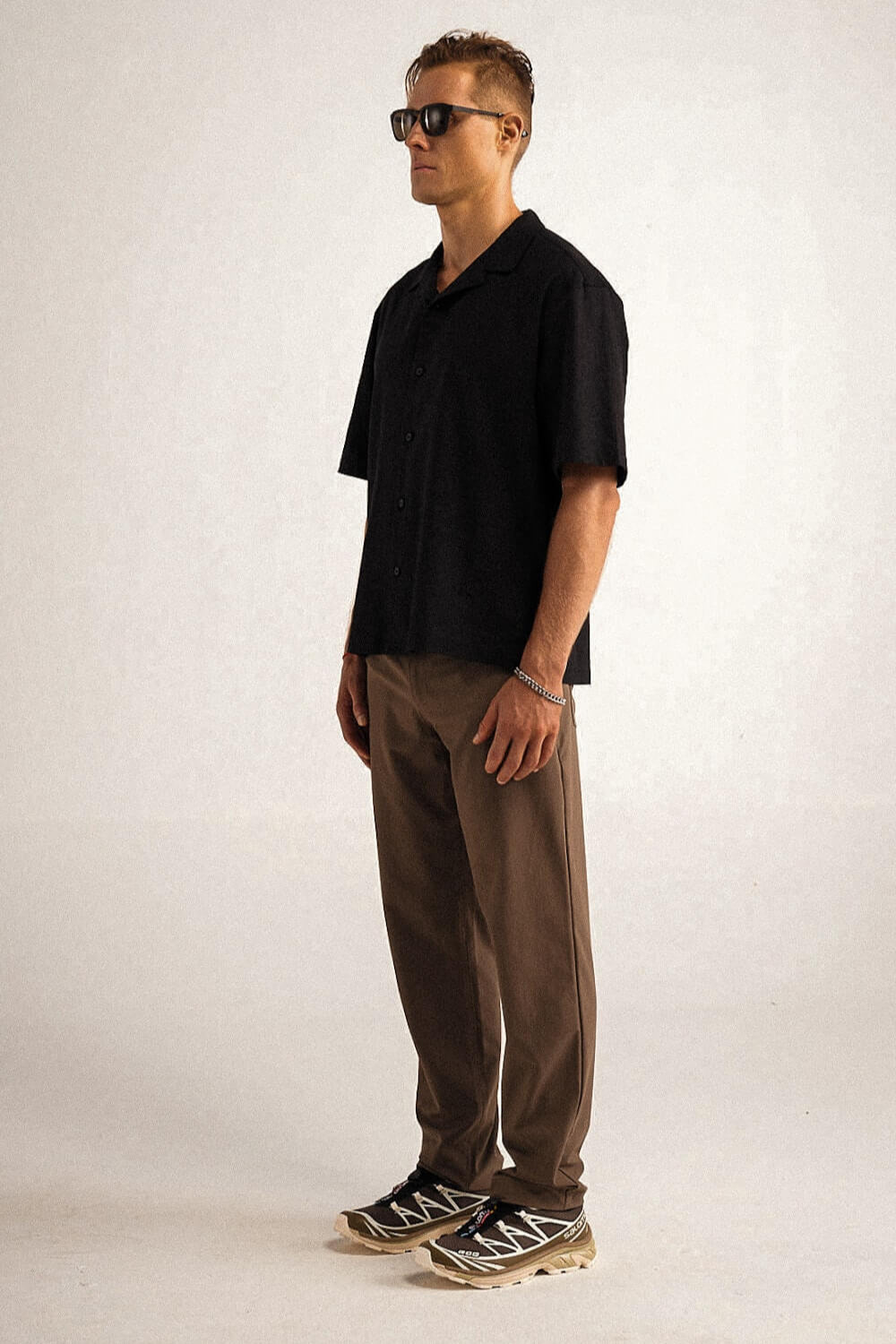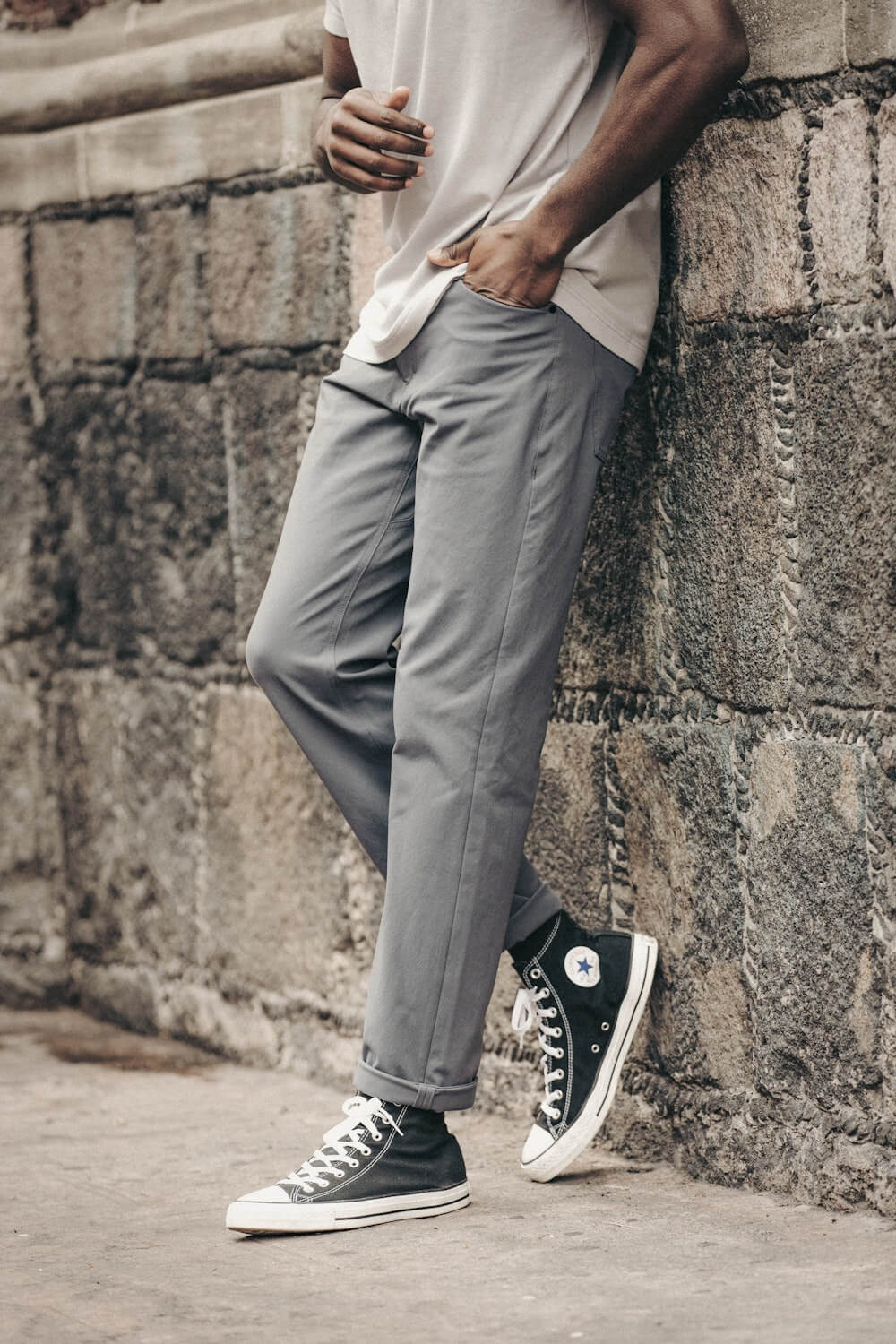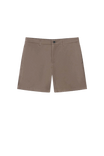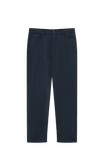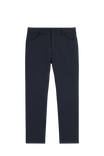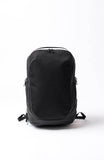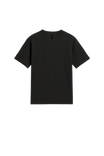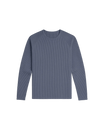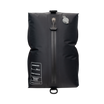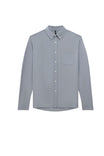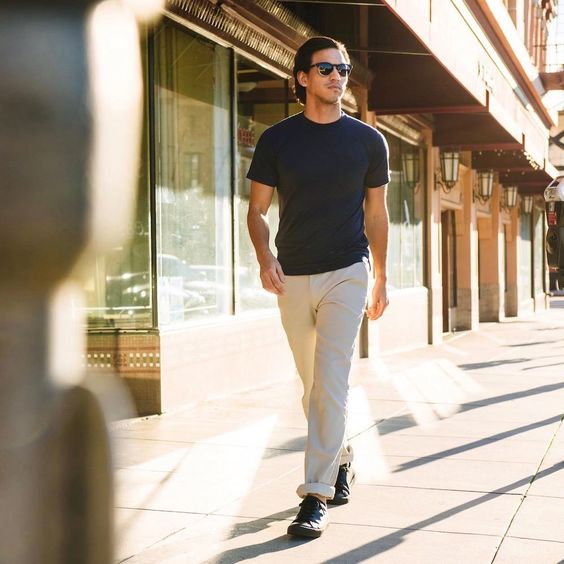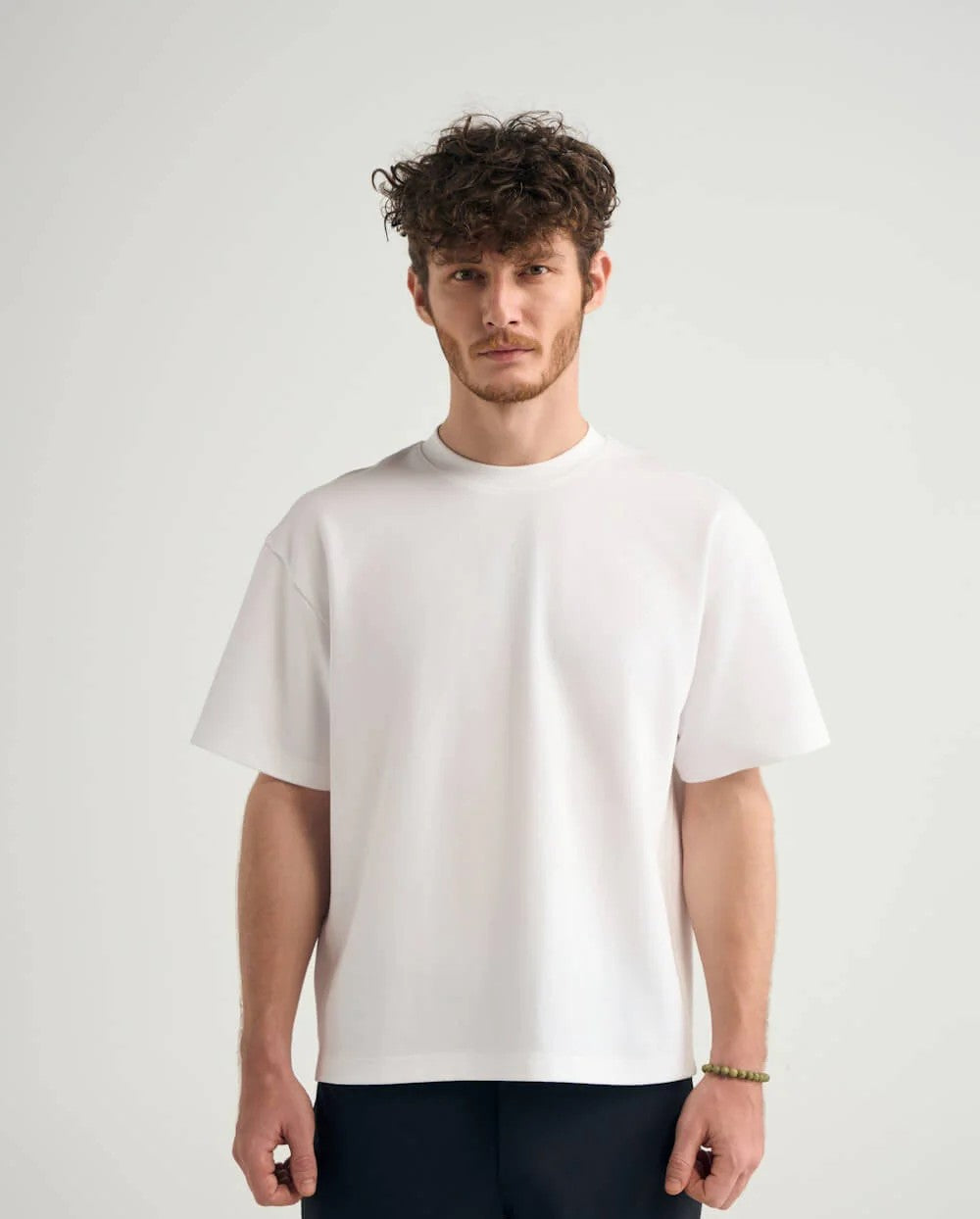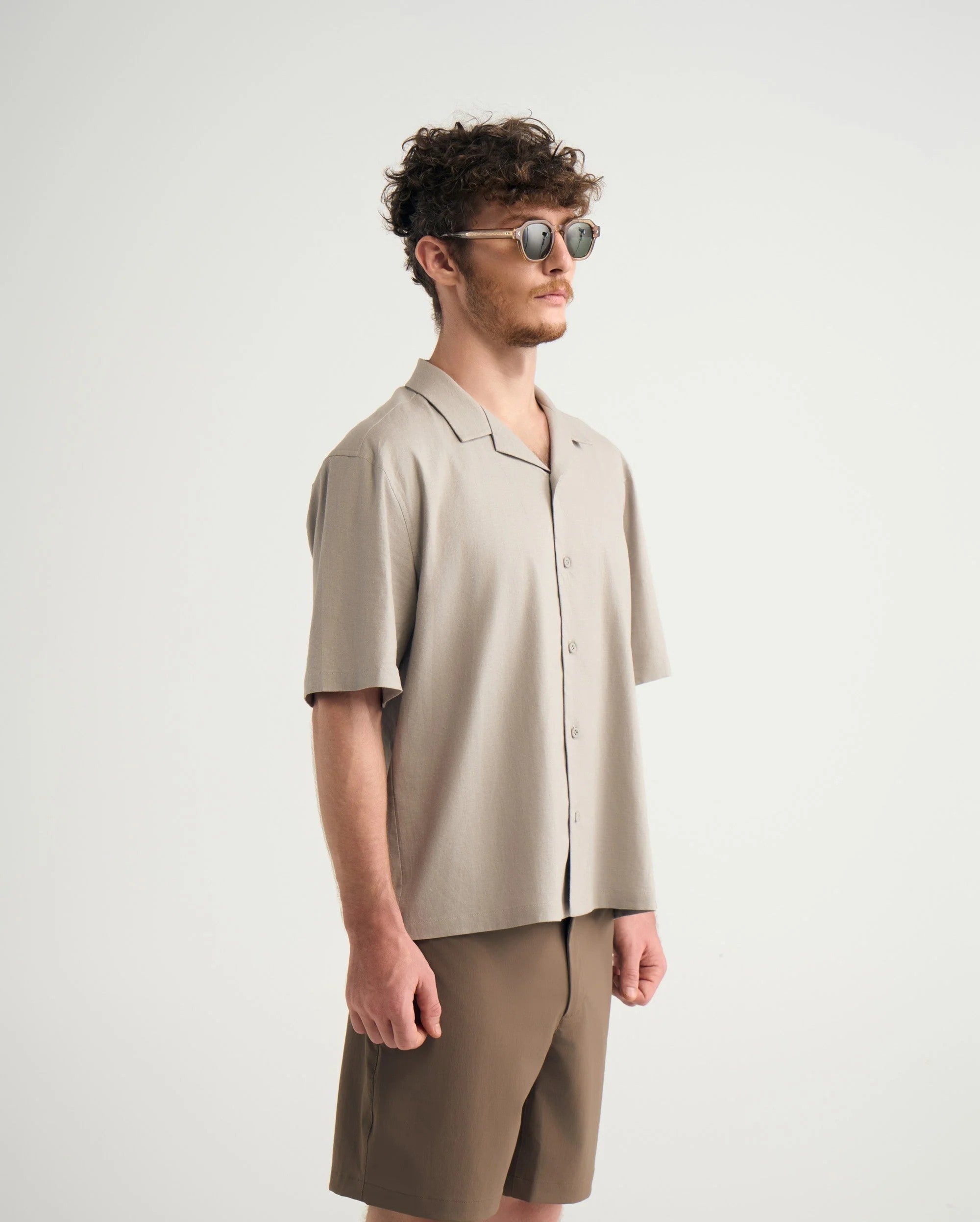Welcome to our essential guide on what to wear in Italy for guys! Italy, known for its rich history, stunning architecture, and vibrant culture, is also a world leader in fashion. As you prepare to immerse yourself in the beauty of cities like Rome, Milan, and Florence or fantastic nature, it's crucial to pack the right attire to stay comfy and stylish. In this guide, we'll help you navigate through the perfect outfits to wear to Italy to match its stylish atmosphere, while staying comfy and packing light. Let's get your Italian fashion adventure started!

How To Dress In Italy To Meet Italian Fashion
Embarking on an Italian trip means stepping into a world where fashion is as integral as the cuisine and the history. To help you prepare for your trip, we've compiled essential tips that blend practical advice with Italy's diverse fashion culture while demystifying some myths about Italian men's wardrobe.
-
What about Italian Men`s Style
Though Italians take pride in their appearance, Italian men's style isn’t all Gucci suits and fashion week statements. It’s more about consistency, fit, and a kind of effortless cool. Italian style often leans into a “uniform” mindset—clothes that are well-fitted, subtle, and polished. Comfort matters, but so does cohesion. Rather than over-styling, Italians aim to look put together without appearing like they tried too hard.
It’s not just about what you wear, but how you wear it. Posture, attitude, and confidence are part of the outfit. The cultural mindset here is “bella figura”—literally, making a beautiful impression. Whether you're grabbing an espresso or catching a train, how you present yourself is seen as a sign of self-respect. That’s why you’ll rarely see locals in wrinkled clothes, gym wear in public, or anything overly loud or sloppy. -
Consider Occasion & Location
When choosing your outfit, factor in where you're going. In more conservative regions like Tuscany, lean toward modest, elegant clothing. In fashion-forward cities like Milan, you can get bolder with color or cut. Planning to tour vineyards or have long lunch outings? Choose a breathable, tailored outfit such as long pants over shorts, always.
-
Weather-Responsive Wardrobe
Italy's weather varies. Light fabrics are ideal for the warm Mediterranean climate, while layers are necessary for the cooler north. For vacation trips and beach destinations, more casual clothing like chinos and light shirts can be suitable. -
Quality Over Quantity
Favor well-crafted clothing for your trip to Italy. A few high-quality pieces, like a merino pieces or a well-crafted jacket, speak volumes about your style. -
Neutral Palette with a Pop of Color
Stick to neutrals but add a splash of color for personality, such as a vibrant tie or scarf, or a pastel shirt. -
Comfy but Stylish Daypack
Choose a daypack that's around 20-30 liters – big enough to hold essentials but not too bulky. Look for a bag made of water-resistant material to protect your belongings from sudden rain showers, which can be common in Italy, especially in the spring or fall. But since you'll be carrying your daypack around in stylish Italian cities, choose a daypack that's functional but also fits in with the urban setting – something sleek and not too sporty, like a leather or eco-leather backpack. -
Accessorize with Purpose
A leather watch or a classy hat not only complements your outfit but also reflects the Italian attention to detail. -
Footwear Matters
In Italy, your shoes will be noticed. Choose leather loafers, brogues, or minimal sneakers for the city. Espadrilles or stylish sandals can work for coastal areas, but flip-flops are a beach-only move.

Incorporating these tips ensures you're well-prepared for Italy's varied climate and culture of fashion. Now, let’s move to more practical mens’ travel clothing advice and examples for each season when traveling to Italy.
What To Wear In Summer in Italy
Italy in summer is known for its warm, sunny weather, with temperatures often climbing into the high 20s to mid 30s Celsius (80s to 90s Fahrenheit). The climate varies slightly from the sun-drenched coastal areas to the hotter, more humid cities. With the mercury rising, it's essential to choose clothing that keeps you cool, comfortable, and stylish. Opt for light, breathable fabrics to beat the heat while maintaining that quintessential Italian elegance.
Here's a basic summer wardrobe for men traveling to Italy:
- 3-4 Lightweight Tees, Shirt-Sleeve Shirts, and Polo Shirts: Prefer breathable fabrics like merino wool, cotton with polyester blends. The LocationX™ Tee (regular or boxy) is perfect here—breathable, quick-drying, and cut to keep you cool whether you’re museum-hopping in Florence or cruising down the Amalfi coast. For something with more texture, the Ventra™ Tee in Black Gingham or Umber Gingham brings a subtle Italian café-table vibe without sacrificing performance.
- 1-2 Merino Wool Shirts: The Limitless Short Sleeve Shirt or Limitless Shirt (long-sleeve) both deliver wrinkle resistance, odor control, and a refined drape, which are ideal for dinner in Rome or a Tuscan wine tasting.
- 1-2 Lightweight Trousers: For evenings or cooler days, your Evolution Pants or fitted Evolution Chino in Dune keep things tailored and breathable without bulk.
- 1-2 Chino Shorts: The Evolution Shorts work double-duty—stretch nylon blend that handles hiking trails in Cinque Terre, then dresses up enough for an outdoor aperitivo.
- 1 Light Jacket or Overshirt: The BreezeLinen Camp Shirt works double duty as both a sharp standalone shirt and a breezy overshirt for cool evenings—linen’s easy drape without the wrinkles, thanks to Western Rise’s performance twist.
- 1 Lightweight Jacket or Windbreaker: A jacket that's both wind and water-resistant is ideal for unpredictable mountain or northern Italy weather.
- 1-2 Board Shorts or Trunk: If you're heading to the coastal areas or planning to enjoy Italy's beautiful beaches and pools, pack a pair of stylish swim shorts.
- 2 Pairs of Comfortable Shoes: Include a pair of loafers for dining out and leather sandals or stylish sneakers for day-to-day exploration. Include a pair of waterproof, sturdy hiking shoes and merino socks for mountainous or rugged terrains and comfortable walking shoes or sandals for city exploration.
- Accessories: Take a lightweight scarf for style and a canvas or messenger, or sling bag for your daily essentials. UV protection is crucial. Choose sunglasses with high UV protection, a wide-brimmed hat, and sunscreen for extended outdoor exposure.
- Backpack: A durable, lightweight backpack for hikes and a smaller daypack or messenger bag for city excursions.
- 4-5 Pairs of Performance Socks: Breathable, moisture-wicking socks are a must-have for comfort during longer walks or hikes. No-show merino socks will suit perfectly for summer outfits with loafers or other shoes and won't stick to your feet.

Things To Wear In Spring / Fall In Italy
Spring and fall in Italy are characterized by mild, pleasant weather, with temperatures typically ranging from 10°C to 20°C (50°F to 68°F). These seasons witness a mix of sunny days and occasional rain, making them ideal for both city exploration and outdoor activities. Packing for the mountains, consider that it can be cooler and more unpredictable, even if it’s Italy. So layering is key during these transitional months to adapt to varying temperatures and conditions.

Here's our top picks for things to wear for men in Italy in spring or fall, suitable for both urban and outdoor settings:
- 1–2 Lightweight Travel Tees: The LocationX Tee and a merino wool polo bring all-day comfort with breathable, quick-drying fabrics that keep you fresh whether you’re exploring historic alleyways or relaxing in a sunny piazza.
- 3-4 Lightweight Sweater or Long-Sleeve Shirt: Opt for breathable fabrics like cotton or light wool. These can be layered under sweaters or jackets and are suitable for both city and countryside.
- 1–2 Performance Travel Shirts: The Limitless Shirt and Limitless Short Sleeve Shirt layer comfortably, resist wrinkles, and adapt easily as temperatures shift. Their odor-resistant, breathable fabrics make them ideal for wearing multiple days in a row without sacrificing style.
- 1–2 Zipped or Quarter-Zipped Jackets or Overshirts: Include a mix of light to mid-weight layers for versatility. The BreezeLinen Camp Shirt works as a crisp shirt or an easy overshirt—light enough for midday sun, warm enough for morning chill. For pattern, the Ventra™ Camp Shirt in Umber Gingham adds subtle structure. The Venture Crew or Hoodie brings lightweight warmth and can be layered over a tee, a linen shirt, or draped over your shoulders for effortless style.
- 2-3 Casual Pants and Travel Jeans: A combination of chinos and durable pants works well. Choose fabrics that are comfortable for walking and adaptable to different settings.
- 1 Waterproof Raincoat: A versatile, lightweight rain jacket is essential, especially for unpredictable mountain weather.
- Layering Pieces: A light fleece shirt jacket or vest can provide extra warmth, especially in the mountains or during cooler evenings. The vest adds core warmth without bulk, making it perfect for layering over a tee or under a jacket.
- 2 Pairs of Durable, Comfortable Footwear: Waterproof walking shoes are practical for city streets, while sturdy hiking boots are necessary for mountain trails.
- Accessories: Pack a scarf, a pair of gloves, and a beanie for colder days, especially in mountain regions.
- Backpack or Daypack: A comfortable backpack is useful for carrying essentials during hikes or long city walks.

Remember, the key to a travel wardrobe for Italy is to layer effectively and choose versatile pieces that can adapt to both urban and natural environments.
What to Wear in Winter in Italy
Winter in Italy varies significantly across different regions. In the northern part, including the Alps and Dolomites, temperatures can drop below freezing, bringing snow and cold winds, perfect for winter sports enthusiasts. The central regions experience milder winters, with occasional rain and chilly temperatures, while the south, including Sicily and Sardinia, remains relatively mild but can still be cool and sometimes windy.
Here is a versatile winter wardrobe for men that might be adaptable to any of these activities and places:
- 2 Thermal Underwear Sets: A must-have for the northern regions and for outdoor activities like skiing or snowboarding.
- 2–3 Layering Options: Add the Venture Hoodie, Zip Hoodie, or Venture Crew for lightweight warmth and versatile layering. Each pair effortlessly over a tee, shirt, or thermal base, delivering performance insulation without bulk.
- 2–3 Merino Wool LS Shirts: Merino regulates temperature, resists odor, and dries fast—ideal for travel. The Limitless Shirt makes an excellent merino-blend base or mid-layer, staying sharp enough to wear on its own indoors.
- 2–3 Warm Waterproof Pants: Technical pants with stretch and water resistance, like the Diversion Pants, layered over thermal leggings, keep you comfortable in both city snow flurries and countryside hikes.
- 1 Insulated Winter Jacket: A high-quality, insulated jacket is essential, especially in the north. Look for one that’s waterproof and wind-resistant.
- 1 Wool Coat (Optional): For milder winter days, especially in central and southern regions, a stylish wool coat is perfect for city strolls.
- 1 Pair Waterproof Boots: Essential for snowy or rainy conditions. Choose insulated, waterproof boots and merino socks for outdoor activities and stylish, durable boots for the city.
- Accessories: Include a woolen scarf, a beanie, and gloves. These are indispensable for staying warm, especially in the mountains and during evening walks.
- Sunglasses and Sunscreen: Protect against glare from snow and winter sun, particularly important in mountainous areas.
This wardrobe ensures you're prepared for Italy's diverse winter weather, keeping you warm and stylish. Remember, layering is key in winter, allowing you to adjust to varying indoor and outdoor temperatures.

What NOT to Wear in Italy
When visiting Italy, it's essential to be aware of the local fashion norms to avoid drawing negative attention. Here are some key tips on what might not be appropriate to wear in specific cases:
- Avoid Sportswear Outside the Gym: While sportswear is globally popular, in Italy, it's usually reserved for the gym or sporting activities. Walking around cities in gym shorts, tracksuits, or athletic shoes can make you stand out as a tourist.
- Skip Flashy Logos and Overly Casual Attire: Italians tend to prefer understated elegance over loud, branded clothing. Similarly, overly casual clothes like flip-flops, tank tops, and beachwear are generally not suitable for city streets or dining out.
- Steer Clear of Heavy Backpacks in Upscale Areas: In fashionable areas or upscale dining venues, a bulky backpack can feel out of place. Opt for a sleek messenger bag or a stylish tote for a more blended look.
- Avoid Wearing Shorts in Religious Sites: In churches and other religious sites like the Vatican, it's respectful to wear clothing that covers shoulders and knees in these settings.
- Refrain from Too-Bright Colors: While a pop of color is appreciated, wearing overly bright or neon colors can clash with the typically subdued, elegant Italian color palette.
- Limit the Use of Sandals and Flip-Flops: Except for the beach or very casual settings, sandals and especially flip-flops are not common in Italian fashion, especially in urban areas and during evening events.

While there are no specific rules on what not to wear in Italy, just make sure your attire is respectful and appropriate for various settings and occasions.
Answering Common Questions on Things to Wear in Italy
Lastly, let’s come back to myths demystifying what to wear in Italy and its fashion, and overview the most popular questions on these subjects and answer them:
Is it OK for men to wear shorts in Italy?
In Italy, men can wear shorts, especially during the hot summer months, but it's important to consider the context. Shorts are generally acceptable for casual settings, like sightseeing or dining at informal eateries. However, for more formal occasions, such as religious sites, museums, or upscale restaurants, longer trousers are preferred to align with the local dress code and show respect for Italian fashion sensibilities. that it's more acceptable for tourists to wear shorts, while locals may prefer longer clothes during hot weather.
There is a consensus that Italians prioritize comfort over fashion, and tourists can wear shorts without feeling out of place.
What shoes do men wear in Italy?
In Italy, men's footwear is a crucial element of style, reflecting a blend of comfort and elegance. Popular choices include leather loafers, brogues, and Oxfords for formal and smart-casual occasions, while stylish sneakers or espadrilles are common for more casual settings. Italian men often choose quality, well-crafted shoes that complement their outfit, showcasing a keen attention to detail in their overall appearance.

What should men wear to dinner in Italy?
For dinner in Italy, men should opt for smart-casual or semi-formal attire, especially in upscale restaurants or in cities known for fashion like Milan and Rome. A well-tailored blazer paired with dark jeans or trousers, a crisp button-down shirt, and leather shoes is a classic choice. It's important to lean towards elegance and sophistication, reflecting the Italian emphasis on stylish dining experiences.
Do men in Italy wear jeans?
Yes, men in Italy do wear jeans, but they typically choose styles that are well-fitted, tailored, and in darker washes. Italian fashion favors a polished look, even in casual wear, so distressed, baggy, or overly casual jeans are less common. When styled correctly, with a smart shirt or a blazer and quality shoes, jeans can be part of a chic, Italian-inspired outfit.
Well, I hope you now see that there isn't anything specific about what men should wear in Italy; it's more about choosing attire that's appropriate for the place and weather. As Italian men's clothing style is undoubtedly well-known, it's beneficial to have a more thoughtful overview of your travel wardrobe before your trip. Hopefully, our guide has helped you navigate through this.

